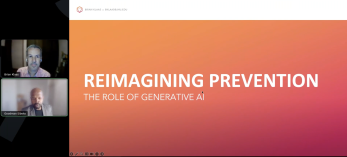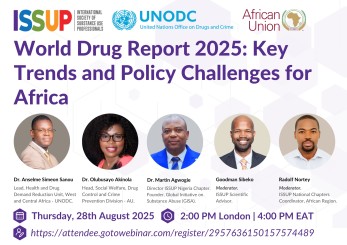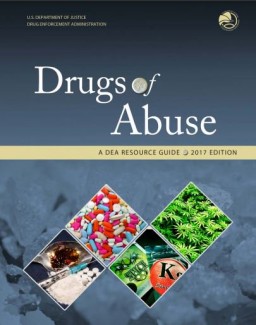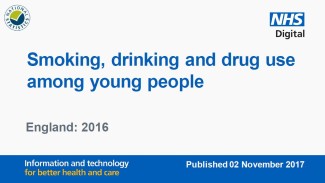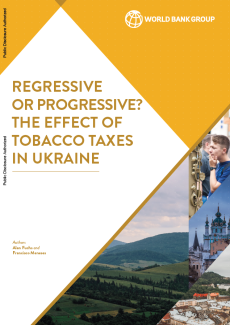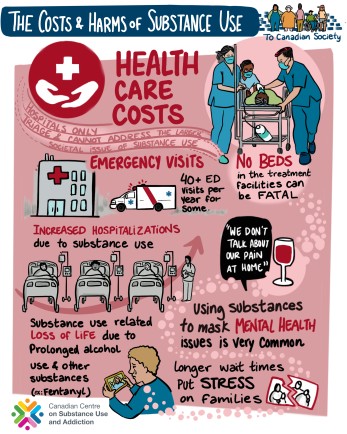
تلاش
No Clear Role for Medications in Less Dependent Drinkers
In 2013 nalmefene was authorised for moderating drinking among patients not in need of detoxification, extending pharmacotherapy to less dependent drinkers. Though uniquely authorised for this purpose, this review found other (and probably...
Risk and Protective Factors for Substance Use in High-Risk Populations
There tends to be an increase in prevalence of substance use issues within populations living in urban areas and where poverty levels are high.
Certain risk factors, more common in deprived areas, are particularly associated with substance...
Analysis of the Chemical Composition of Smokable Cocaine Substances
This Compendium of the Chemical Composition of Smokable Cocaines is part of the Project on Smokable Cocaines in Argentina, Brazil, Chile, Paraguay, and Uruguay, coordinated by the Inter-American Observatory on Drugs of the Inter-American...
Are E-Cigarettes Really 'Healthier' Than Traditional Cigarettes?
There is much debate as to whether e-cigarettes are in fact ‘better’ for you than traditional cigarettes because their potential adverse effects are only beginning to be researched. Combine this with the fact that, between 2011 and 2015...
"Effects of Drugs on Socio-Economic Conditions of Union Council Shoghore District Chitral, Pakistan"
Summary, Conclusion and Recommendations
Drug addiction is a pathological or abnormal condition which arises due to frequent or abnormal use of substances which affects human senses and decreased...
The Economic Burden of Fetal Alcohol Spectrum Disorder in Canada in 2013
Aim
To estimate the economic burden and cost attributable to Fetal Alcohol Spectrum Disorder (FASD) in Canada in 2013.
Methods
This cost-of-illness study examined the impact of FASD on the material welfare of the Canadian society in 2013...
Alcohol and Cancer: A Statement of the American Society of Clinical Oncology
Abstract
Alcohol drinking is an established risk factor for several malignancies, and it is a potentially modifiable risk factor for cancer. The Cancer Prevention Committee of the American Society of Clinical Oncology (ASCO) believes that...
Consensus Validation of the POSAMINO (POtentially Serious Alcohol–Medication INteractions in Older adults) Criteria
Abstract
Objectives: Older adults are particularly vulnerable to adverse effects from concurrent alcohol and medication use. However, there is limited evidence regarding the prevalence of these adverse outcomes among older adults, and...
Drugs of Abuse: A DEA Resource Guide, 2017 Edition
Education plays a critical role in preventing substance abuse. Drugs of Abuse, A DEA Resource Guide, is designed to be a reliable resource on the most commonly abused and misused drugs in the United States. This comprehensive guide provides...
Smoking, Drinking and Drug Use among Young People in England
Key findings
In 2016:
- 19% of 11-15 year old pupils had ever smoked, which is similar to 2014.
- 44% of pupils had ever drunk alcohol which is not comparable with earlier surveys.
- 24% of pupils reported they had ever taken drugs. This...
Perceptions and Experiences with Flavored Non-Menthol Tobacco Products
Abstract
Although a few countries have banned flavored cigarettes (except menthol), flavors in most tobacco products remain unregulated across the globe. We conducted a systematic review of qualitative studies examining perceptions of and...
Hair Cortisol Levels, Psychological Stress and Psychopathological Symptoms as Predictors of Postpartum Depression
Abstract
Postpartum depression affects a huge number of women and has detrimental consequences. Knowing the factors associated with postpartum depression during pregnancy can help its prevention. Although there is evidence surrounding...
2016 Indonesia National Drug Use Survey
Indonesia's anti-drug agency, BNN, produced its national drug use survey in collaboration with the University of Indonesia. Released in February 2017 and covering data from 2016, this report reports on drug use among 11 to 27 year olds. ...
Sexual Orientation Identity and Tobacco and Hazardous Alcohol Use
Abstract
Objectives: To assess the association between tobacco and hazardous alcohol use and sexual orientation and whether such an association could be explained by other sociodemographic characteristics.
Design: Cross-sectional...
Smoking during Pregnancy: A Population-Based Study
Abstract
Aims: Tobacco is a major cause of disease and mortality in modern times. The risk of smoking in pregnancy is a serious threat to the development and future health of an unborn child. The aim of this study was to explore the...
Regressive or Progressive? The Effect of Tobacco Taxes in Ukraine
ABSTRACT
Tobacco taxes are usually considered regressive as the poorest individuals allocate larger shares of their budget towards the purchase of tobacco related products. However, because these taxes also discourage tobacco use, some of...
Licit and Illicit Substance Use Patterns among University Students in Germany Using Cluster Analysis
Abstract
Background
The use of multiple licit and illicit substances plays an important role in many university students’ lives. Previous research on multiple substance use patterns of university students, however, often fails to examine...
Fentanyl and its Analogues - 50 years on
ABSTRACT
Fentanyl and its analogues are potent synthetic opioids, which are liable to abuse. They are often sold under the guise of heroin or prescription medicines, such as oxycodone, and this exacerbates the risk of overdose and...
Illicit Drug Use, Illicit Drug Use Disorders, and Drug Overdose Deaths in Metropolitan and Nonmetropolitan Areas — United States
Abstract
Problem/Condition: Drug overdoses are a leading cause of injury death in the United States, resulting in approximately 52,000 deaths in 2015. Understanding differences in illicit drug use, illicit drug use disorders, and overall...
Needle Acquisition Patterns, Network Risk and Social Capital among Rural PWID in Puerto Rico
Abstract
Background
People who inject drugs (PWID) take on significant risks of contracting blood-borne infection, including injecting with a large number of partners and acquiring needles from unsafe sources. When combined, risk of...
Share the Knowledge: ISSUP members can post in the Knowledge Share – Sign in or become a member

